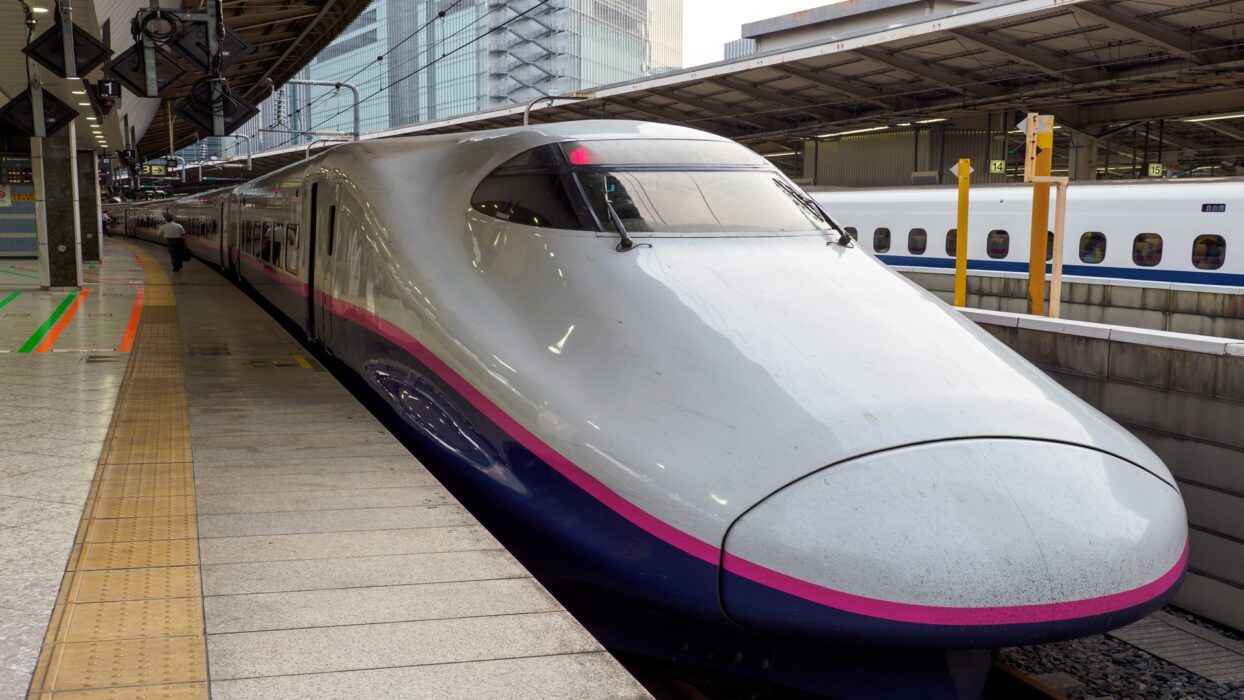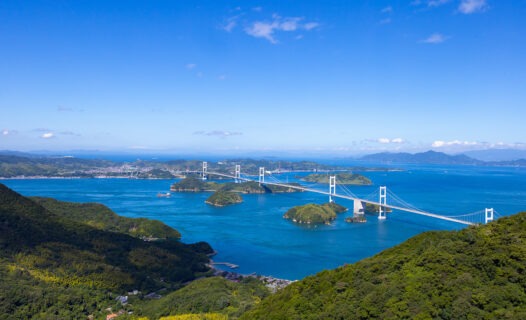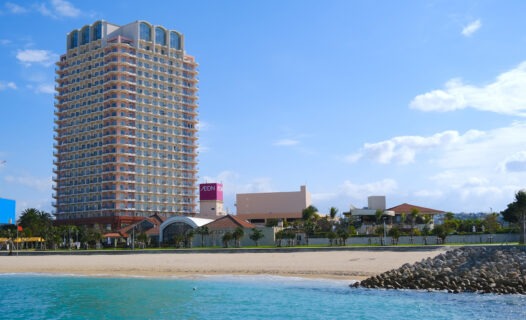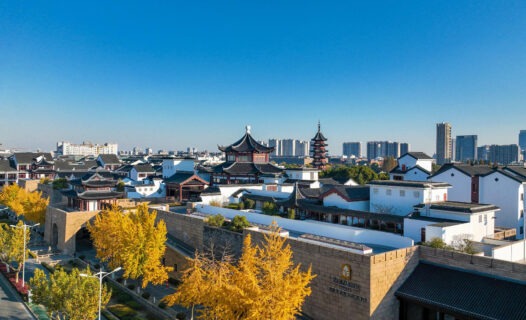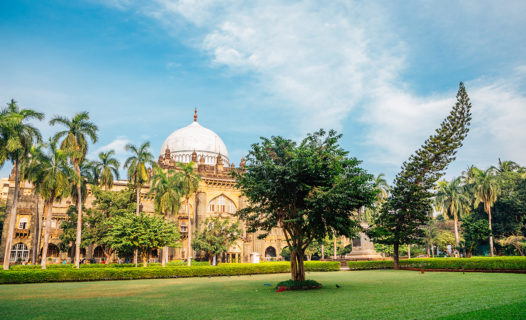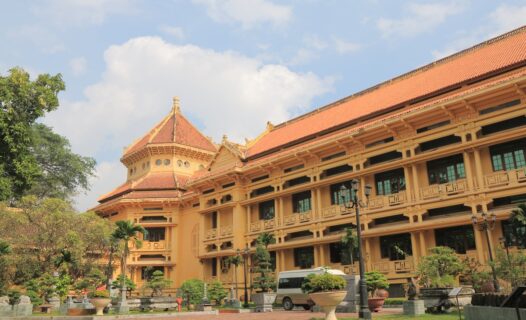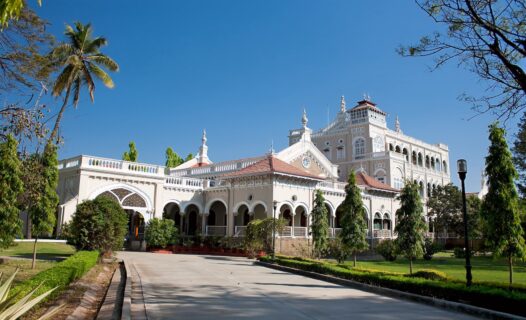Temple Hopping in Asakusa: A Fun-Filled Day of Culture, Cuisine, and Craft!
Asakusa, a charming district in Tokyo, is a treasure trove of cultural experiences that beautifully blends the old with the new. Known for its rich history and vibrant atmosphere, this area invites you to explore its iconic temples, bustling markets, and delightful street food. Temple hopping here is not just a sightseeing activity; it’s a journey through Japan’s spiritual heritage, where each temple tells a story and offers a unique glimpse into the past.
In Asakusa, the juxtaposition of traditional Japanese culture and modern urban life creates a captivating experience. From the majestic Sensoji Temple, Tokyo’s oldest temple, to the quirky shops lining Nakamise Street, every corner you turn reveals something special. Whether you’re a history buff, a foodie, or an art lover, Asakusa has something to pique your interest. So grab your walking shoes and get ready for an adventure that promises to be both fun and enriching!
Discovering the Iconic Sensoji Temple
At the heart of Asakusa lies the magnificent Sensoji Temple, a must-visit for anyone exploring this vibrant district. Established in 645 AD, Sensoji is not just the oldest temple in Tokyo; it’s a symbol of resilience and devotion, having survived the ravages of time and war. As you approach the temple, you’ll be greeted by the stunning Kaminarimon Gate, adorned with a massive red lantern that sets the tone for your visit. This iconic landmark is a favorite spot for photos, so make sure to capture the moment!
Once you step through the gate, the atmosphere shifts to one of peace and reverence. The path leading to the main hall is lined with shops selling traditional snacks and souvenirs, making it a delightful stroll. As you reach the temple, the impressive five-story pagoda stands tall, inviting you to explore further. The architecture is a feast for the eyes, with intricate details that reflect Japan’s artistic heritage.
Visitors often partake in rituals such as purification, where you can cleanse your hands and mouth at the water basin, followed by offering prayers and incense at the main hall. Speaking with local temple priests reveals the spiritual significance of Sensoji; they share stories of the temple’s history and its role in the community. Their insights enrich your visit, making it more than just a stop on your itinerary.
For those eager to learn more about this cultural gem, be sure to check out our article on Sensoji Temple History.
Temple Hopping: A Day of Exploration in Asakusa
Ready to explore more? Asakusa is home to a variety of temples, each with its own unique charm. Here’s a suggested itinerary to make the most of your temple hopping adventure:
- Start at Sensoji Temple: Begin your day early to avoid the crowds and soak in the serene atmosphere. Don’t forget to visit the Asakusa Shrine, located right next to Sensoji, which offers a peaceful contrast to the bustling temple.
- Hozomon Gate: After Sensoji, head over to the Hozomon Gate, which houses the temple’s treasures. Take a moment to appreciate its stunning architecture and the guardian statues that stand watch.
- Shin-Nakamise Street: This lesser-known street is perfect for those looking to escape the tourist trail. Here, you’ll find quaint shops selling traditional crafts and snacks that are often overlooked.
- Hanayashiki Amusement Park: For a quirky twist, visit the oldest amusement park in Japan, located just a short walk from the temples. It’s a fun way to break up your cultural exploration!
- Visit Kappabashi Street: Known as "Kitchen Town," this area is famous for its restaurant supply shops. It’s a fantastic spot to pick up unique kitchenware and food replicas, a true reflection of Japanese craftsmanship.
As you wander from temple to temple, keep an eye out for hidden gems and unique experiences. Each location has something special to offer, whether it’s a tranquil garden, a hidden tea house, or a local artisan at work. Embrace the spirit of exploration, and you’re sure to uncover the best of temple hopping in Asakusa.
For a comprehensive guide on must-do activities in Asakusa, check out our article on 10 Must-Do Activities in Asakusa.
Culinary Delights: Tasting Asakusa’s Street Food
After a day of temple hopping, your taste buds are in for a treat! Asakusa is famous for its delectable street food that showcases the best of Japanese cuisine. From sweet to savory, this culinary adventure is a must for every visitor. Here are some must-try snacks that will make your mouth water:
- Melon Bread (Melon Pan): This sweet bread, resembling a melon, has a crunchy outer layer and a soft, fluffy inside. Perfect for a quick snack as you explore!
- Kushi Katsu: These deep-fried skewers, usually coated in panko breadcrumbs, are a favorite among locals. Try various fillings, from vegetables to meats, dipped in a tangy sauce.
- Ningyo-yaki: These adorable little cakes are shaped like dolls and filled with sweet red bean paste. They make for a delightful treat and a charming photo op!
- Yakitori: Grilled chicken skewers seasoned with salt or a savory sauce. They are a staple in Japanese cuisine and a must-try while in Asakusa.
For the best street food experience, visit the Nakamise Street near Sensoji Temple. Here, vendors line the street, offering a variety of snacks and sweets that will tantalize your taste buds. Don’t be shy—sample a few different dishes and find your favorites!
If you’re looking for a sit-down meal, check out some traditional restaurants nearby. Many offer classic dishes like tempura and soba that will satisfy your cravings after a long day of exploration. For more local dining options, be sure to explore our guide on quirky souvenirs to grab near Asakusa Temple.
Cultural Activities: Engaging with Asakusa’s Heritage
Asakusa isn’t just about temples and food; it’s also a hub for cultural activities that let you immerse yourself in Japanese traditions. Here are some experiences to consider:
- Kimono Rentals: Step into the past by renting a beautiful kimono for the day. Stroll through Asakusa’s historic streets while dressed in traditional attire—perfect for memorable photos!
- Traditional Tea Ceremonies: Experience the art of tea making in a serene setting. Join a local tea master and learn about this ancient practice that emphasizes harmony and respect.
- Craft Workshops: Get hands-on with workshops that teach you traditional crafts like origami, calligraphy, or pottery. It’s a fun way to create your own unique souvenir!
These cultural activities not only provide a deeper understanding of Japanese heritage but also allow you to connect with locals who are passionate about sharing their traditions. Don’t forget to check out our article on 10 Unique Experiences at Senso-ji Temple for more ideas!
Festivals and Events: Celebrating Asakusa’s Vibrancy
If you’re visiting during festival season, you’re in for a real treat! Asakusa hosts some of the most vibrant celebrations in Tokyo, showcasing its rich cultural heritage. Here are a couple of festivals you won’t want to miss:
- Sanja Matsuri: Held in mid-May, this lively festival honors the three founders of Sensoji Temple. Expect colorful floats, lively music, and lots of people dressed in traditional attire!
- Asakusa Hanabi Taikai: This spectacular fireworks festival takes place in July. With thousands of fireworks lighting up the night sky, it’s a breathtaking sight you won’t forget!
Participating in these events offers a unique glimpse into the local culture and community spirit. Be sure to check local schedules and join in the festivities! For more seasonal highlights, explore our guide on Top 10 Things to Do in Asakusa This Cherry Blossom Season.
Shopping Guide: Souvenirs and Artisan Crafts
Shopping in Asakusa is an adventure in itself! The streets are lined with shops offering everything from traditional crafts to quirky souvenirs. Here’s where to go:
- Nakamise Shopping Street: This bustling street is famous for its souvenir shops. Look for kokeshi dolls, traditional textiles, and beautiful Japanese ceramics. Don’t forget to bargain a little!
- Artisan Shops: Venture off the main street to discover hidden gems. Many local artisans create unique pieces that reflect Japan’s rich culture. These make for perfect gifts or keepsakes!
Shopping here isn’t just about buying; it’s about experiencing the craftsmanship and stories behind each item. For tips on selecting authentic souvenirs, check out our article on Discover the Spiritual Essence of Sensoji Temple.
Practical Information for Travelers: Tips and Insights
Before you set off on your Asakusa adventure, here are some essential travel tips to keep in mind:
- Opening Hours: Most temples, including Sensoji, are open year-round, but check specific hours for special events or holidays.
- Transportation: Asakusa is easily accessible via the Tokyo Metro and Toei Subway. Consider getting a day pass for unlimited travel!
- Accessibility: Many areas are wheelchair-friendly, but some temples may have stairs. Plan accordingly if you have mobility concerns.
Staying safe is important, too! Keep an eye on your belongings and be mindful of local customs, especially when visiting temples. For more travel tips, read our guide on Discover Sensoji Temple Hours.
Seasonal Travel Insights: Best Times to Visit Asakusa
Asakusa transforms with the seasons, offering unique experiences year-round. Here’s what to expect:
- Spring: Cherry blossoms bloom in late March to early April, creating a picturesque backdrop for your temple visits.
- Summer: Festivals like Sanja Matsuri bring vibrant energy, while summer nights are perfect for fireworks displays.
- Autumn: Enjoy the stunning fall foliage that paints the temples in warm hues. It’s a photographer’s paradise!
- Winter: Experience a quieter atmosphere, with fewer crowds and the chance to see the temples dusted with snow.
Each season has its charm, so choose the time that best fits your travel plans. For more seasonal highlights, check out our article on Explore Asakusa Temple: Culture, Cuisine & Craft Fun.
Commonly Asked Questions (FAQs)
Travelers often have questions about visiting Asakusa. Here are some answers to help you plan your trip:
- What is the best time to visit Asakusa? Spring for cherry blossoms and summer for festivals are popular times, but each season offers something unique!
- Are there any cultural etiquette tips I should know? Yes! Be respectful in temples, bow slightly when greeting, and avoid taking photos in restricted areas.
- What are the must-see attractions? Besides Sensoji Temple, don’t miss Asakusa Shrine and the quaint shops on Nakamise Street!
These insights can help you navigate your visit smoothly and enhance your experience. For more information, visit our guide on Asakusa FAQs.
Fun Facts About Asakusa’s Temples and Culture
Asakusa is filled with fascinating trivia that makes your visit even more enjoyable. Here are some fun facts:
- Sensoji Temple: The temple is said to have been founded when two fishermen found a statue of Kannon, the Goddess of Mercy, in the Sumida River!
- Asakusa’s Name: The name "Asakusa" comes from a legend about the area being a place where a dragon appeared.
- Street Food Origins: Many of Asakusa’s street foods originated as offerings to the gods, making them rich in history and flavor!
These quirky anecdotes add an extra layer of enjoyment to your exploration. Share these tidbits with fellow travelers to impress them with your knowledge!
As you wrap up your day in Asakusa, take a moment to reflect on the vibrant culture, delicious food, and spiritual heritage that make this district so special. Whether you’re wandering through ancient temples or savoring street snacks, Asakusa is sure to leave a lasting impression. So pack your bags, grab your camera, and get ready for an unforgettable adventure in one of Tokyo’s most enchanting neighborhoods!

